Dark days ahead, or perhaps already here.


Ray Kurzweil, the director of engineering at Google, has claimed that in just over 30 years, humans will be able to upload their entire minds to computers and become ‘digitally immortal’.
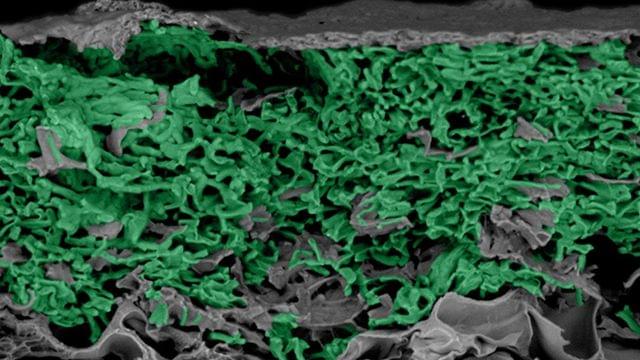
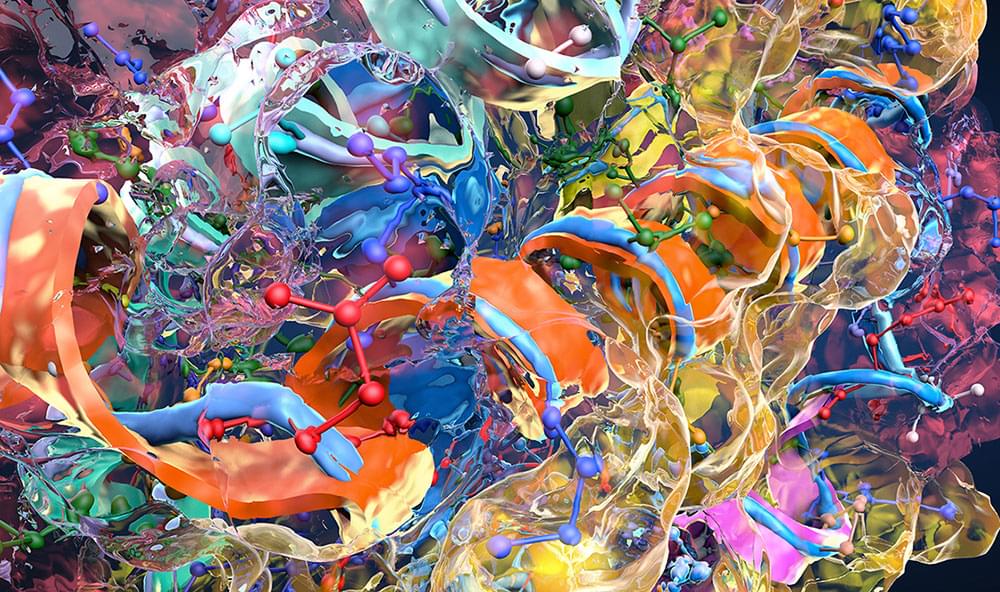
A newly developed generative AI model is helping researchers explore protein dynamics with increased speed. The deep learning system, called BioEmu, predicts the full range of conformations a protein can adopt, modeling the structural ensembles that underlie protein function.
The work, in a paper titled “Scalable emulation of protein equilibrium ensembles with generative deep learning,” was published in Science. Researchers developed BioEmu as a high-speed emulator of protein motion, capable of generating thousands of conformational states in just one GPU-hour, significantly outperforming traditional molecular dynamics (MD) simulations.
Understanding protein function has been a challenge, often hinging not on a single structural component of the protein, but on the combined ensemble of shapes within the protein. Proteins frequently shift between different conformations depending on their interactions or environment, which has been a challenge for other methods to capture accurately.
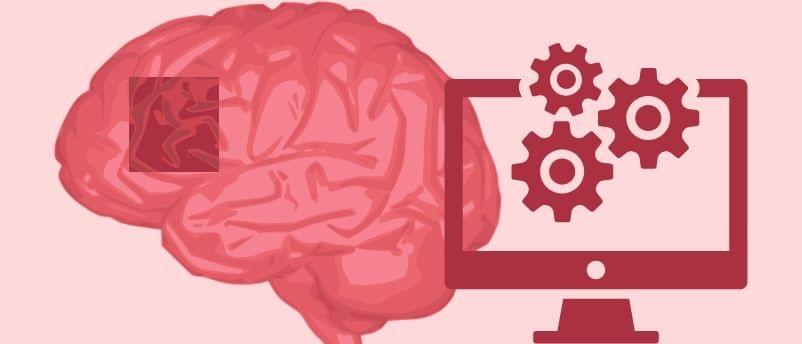
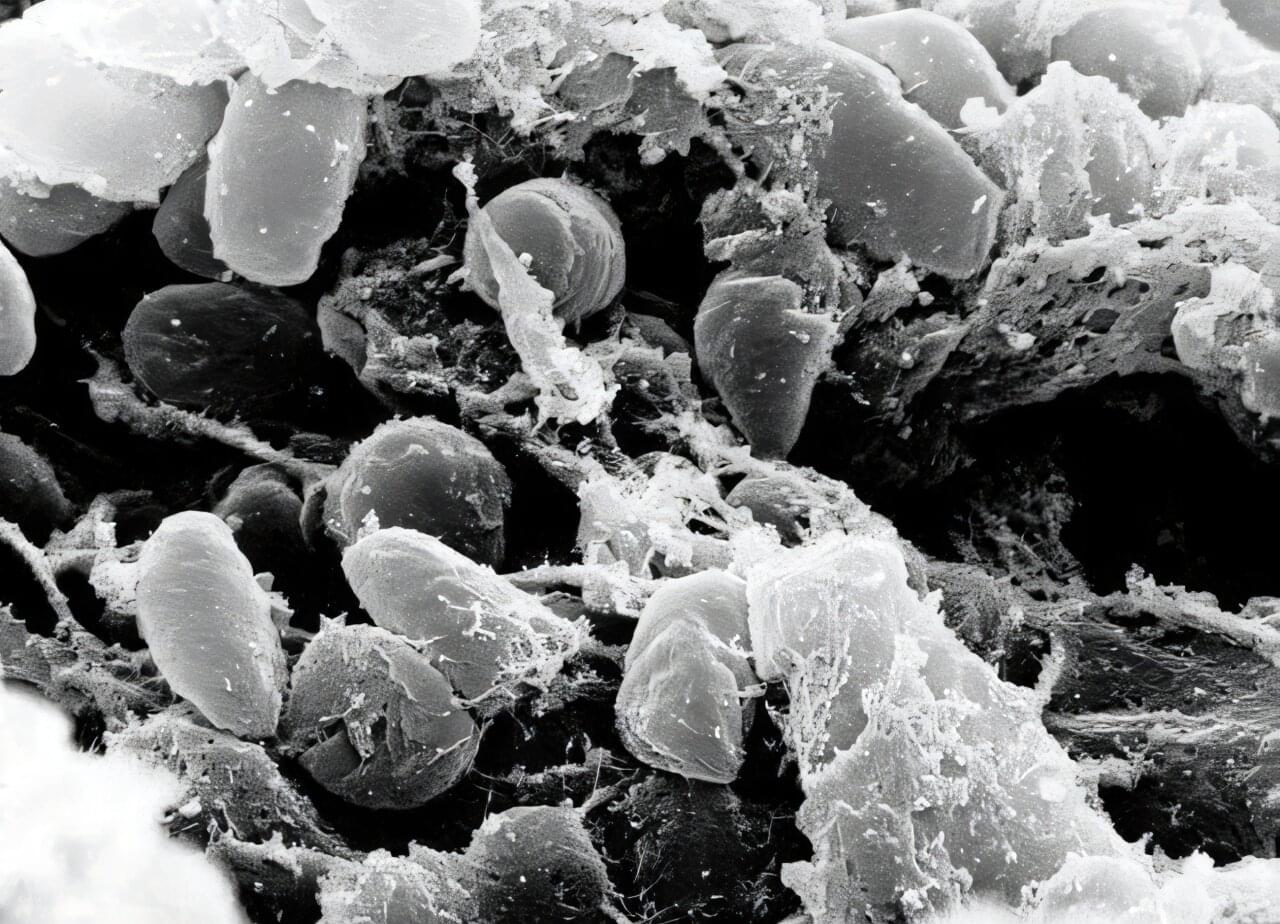
A research team led by Eske Willerslev, professor at the University of Copenhagen and the University of Cambridge, has recovered ancient DNA from 214 known human pathogens in prehistoric humans from Eurasia.
The study shows, among other things, that the earliest known evidence of zoonotic diseases—illnesses transmitted from animals to humans, like COVID in recent times—dates back to around 6,500 years ago, with such diseases becoming more widespread approximately 5,000 years ago.
“The spatiotemporal distribution of human pathogens in ancient Eurasia” is the largest study to date on the history of infectious diseases and has been published in Nature.

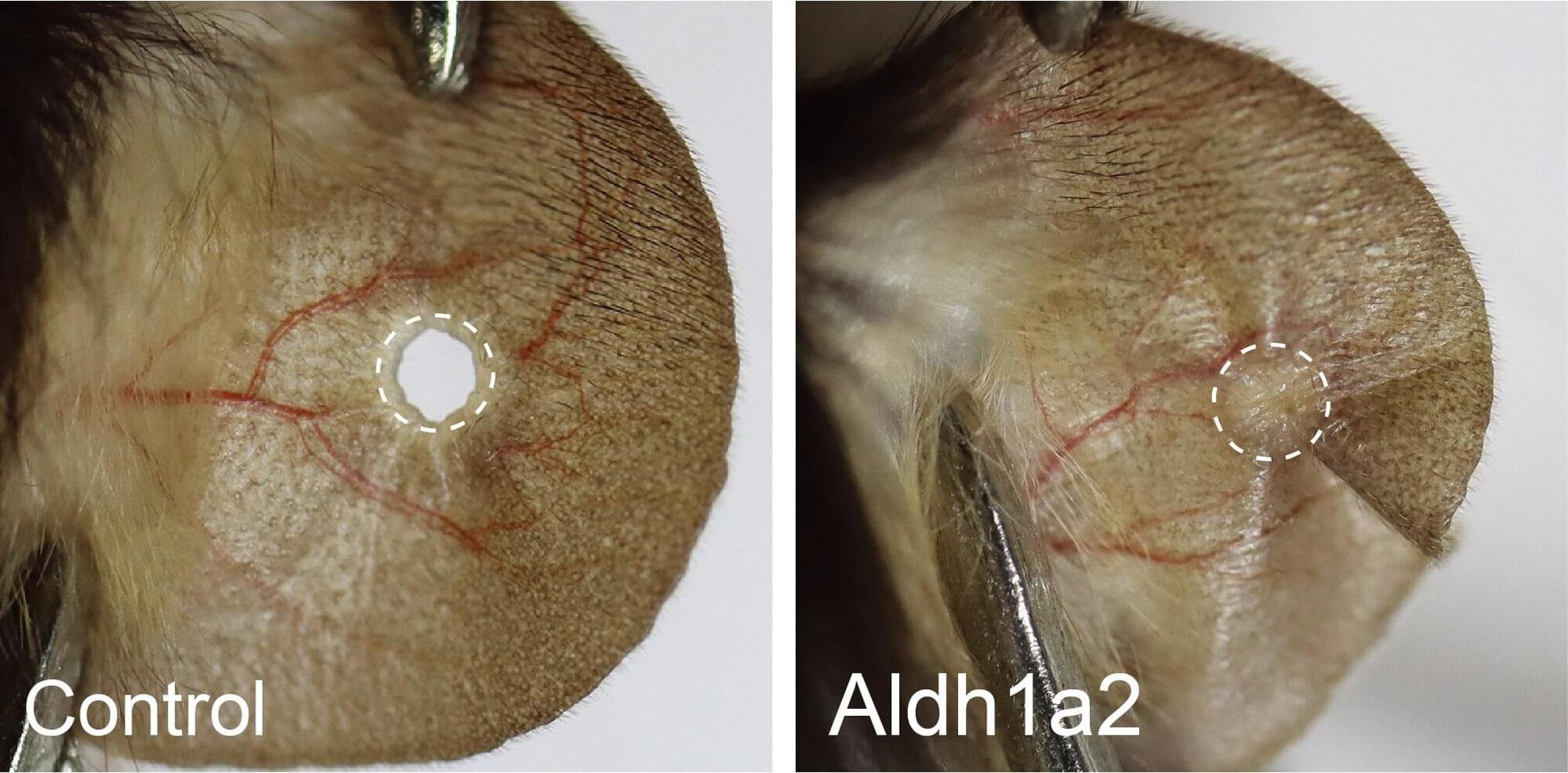
Research led by the National Institute of Biological Sciences in Beijing has discovered that switching on a single dormant gene enables mice to regenerate ear tissue.
Some vertebrates such as salamanders and fish can regenerate complex tissue structures with precision. A lost limb can be regrown, a damaged heart or eye can be repaired. Salamanders are so remarkable at reconstructing damaged tissues that even a spinal cord injury with severed neural motor connectivity can be restored.
Mammals occasionally showcase the ability to regenerate. Deer antlers and goat horns are examples of living tissue regeneration. Mice can regrow fingertips if they are lost. A healthy human liver can experience up to 70% loss of tissue and regrow to near full size within several weeks.

